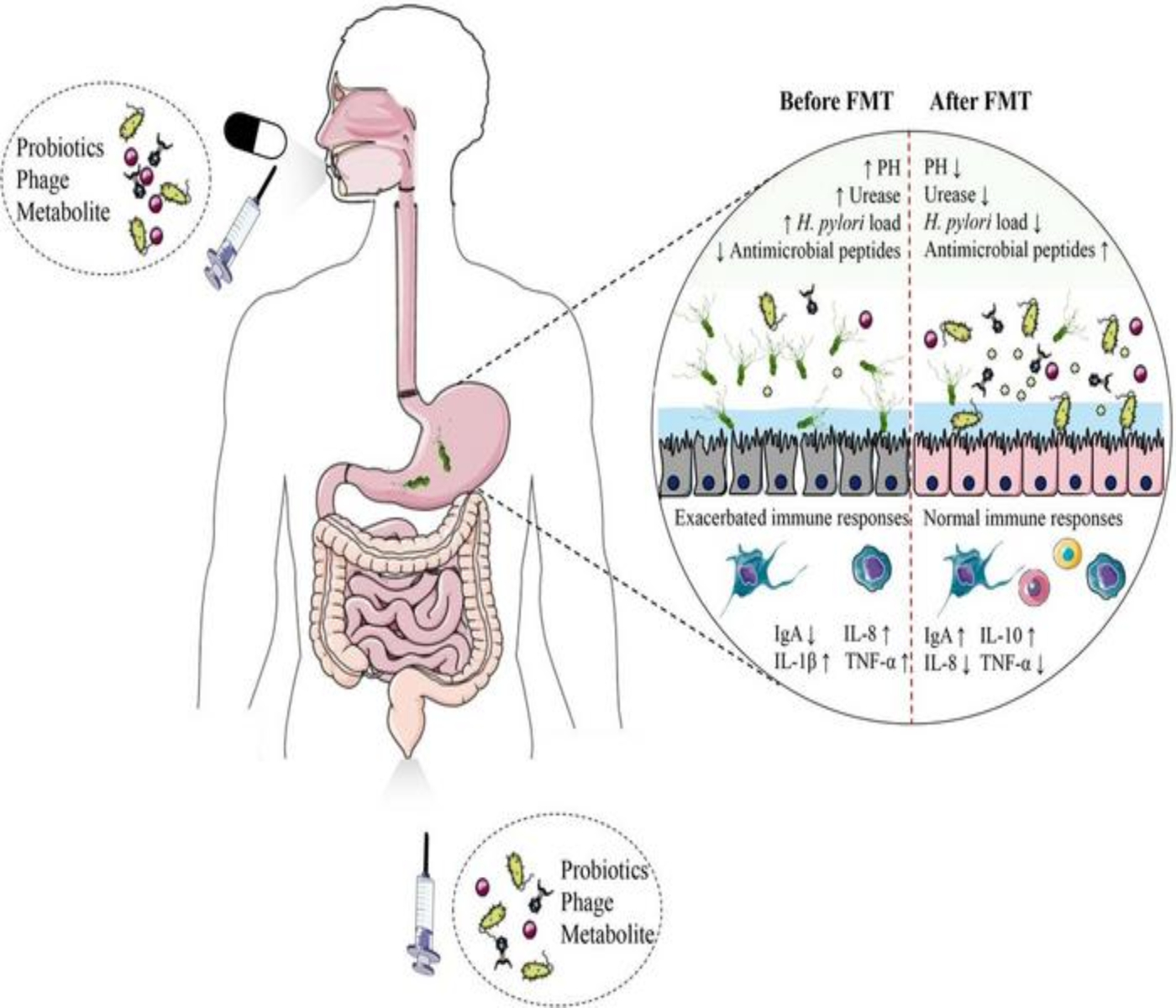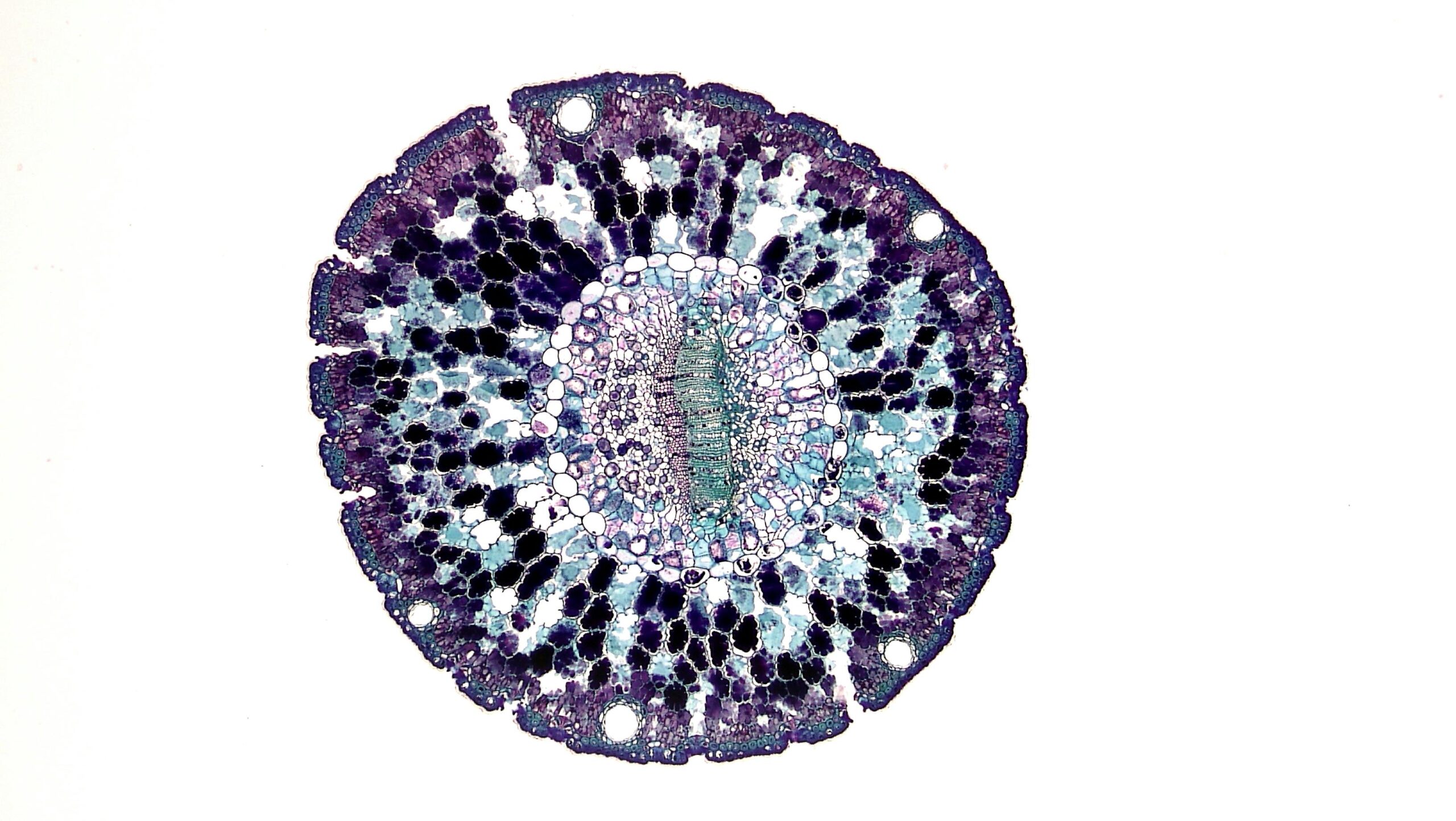A looming threat is making our hospitals less safe and our medicines less effective. The World Health Organization has singled out a particular bacterium, Klebsiella pneumoniae, as a critical health threat. This superbug is a leading cause of infections acquired in hospitals, causing serious illnesses from pneumonia to meningitis. It’s especially dangerous for people with chronic conditions like diabetes, where it can infect wounds and, in the worst cases, lead to limb amputation.
This bacterium’s power comes from a protective shield it builds around itself—a slimy fortress called a biofilm. This dense barrier is made of sugars and proteins and can make the bacteria inside up to a thousand times more resistant to antibiotics. This shield also prevents our own immune cells from getting in to fight the infection.
A team of scientists from the Indian Institute of Science (IISc) may have found a way to breach this fortress, and the answer comes from a very unlikely source: a cow’s stomach. The researchers looked to the cow’s rumen, a part of its digestive system that is filled with microbes that produce powerful enzymes to break down tough plant material. The scientists suspected these microbes might produce an enzyme that could break down the biofilm’s sugary structure. They were right. They found a powerful enzyme, which they named GH-B2, that not only prevents the biofilm from forming but also tears apart existing biofilms.
How Researchers Tested the Enzyme
To test the enzyme, scientists collected four different strains of K. pneumoniae from various patients and grew them in a lab to form mature, three-day-old biofilms. They then treated these biofilms with the GH-B2 enzyme. Using microscopes and other lab techniques, they watched the enzyme degrade the biofilm’s tough sugar structure and counted how many bacteria were left.
The study took things a step further by testing the enzyme in combination with existing medical treatments. The researchers applied both the GH-B2 enzyme and a powerful antibiotic called meropenem to the biofilms. They also observed whether the enzyme could help immune cells, like macrophages and monocytes, better access and destroy the bacteria.
The most compelling part of the study involved a small-scale animal experiment. The team created chronic wound infections in mice and then treated the wounds with either a control solution, the antibiotic alone, the enzyme alone, or a combination of the two. They then watched the mice for seven days to see which treatment worked best.
A Significant Step Forward in Medicine
The results were remarkable. The GH-B2 enzyme was highly effective at both preventing and destroying mature biofilms. It was able to degrade up to 90% of the biofilm’s key components in just two hours. The enzyme’s true potential was highlighted when it was used with other treatments. When combined with the GH-B2 enzyme, the antibiotic meropenem—which previously had little effect—was able to penetrate the biofilm and kill the bacteria. A similar effect was seen with immune cells, which were able to more easily attack and eliminate the bacteria once the biofilm was weakened.
The mouse experiment provided the most powerful evidence of the enzyme’s potential. Mice treated with only the antibiotic or only the enzyme showed little to no improvement. However, the group of mice that received both the GH-B2 enzyme and the antibiotic showed a dramatic recovery. The combination treatment significantly reduced the biofilm and nearly cleared the infection in just seven days. These mice also showed signs of wound healing, including new skin and the formation of new blood vessels.
Another key finding was that the enzyme showed no toxicity to mammalian cells and did not harm the bacteria in a way that would lead to resistance. This is a crucial detail because many existing treatments have significant side effects or contribute to the growing problem of antibiotic resistance.
The study’s most important takeaway is this: by targeting the biofilm—the very thing that makes these infections so persistent and deadly—this bovine-derived enzyme offers a new and promising approach. Instead of simply trying to kill the bacteria, this new strategy weakens their defenses and allows our existing tools, like antibiotics and our own immune systems, to work effectively.
Paper Summary
Methodology
The study isolated an enzyme, GH-B2, from a cow’s rumen. Researchers tested its effectiveness on four different clinical strains of K. pneumoniae to see if it could prevent and degrade biofilms. The study also tested the enzyme’s ability to work with the antibiotic meropenem and immune cells in a lab setting, and later in a chronic wound infection model using mice.
Results
GH-B2 was highly effective at disrupting biofilms, allowing the antibiotic meropenem and immune cells to kill the bacteria. In a mouse model, the combination of GH-B2 and meropenem successfully cleared the infection and promoted wound healing, while either treatment alone was not effective. The enzyme was not toxic to mammalian cells.
Limitations
The GH-B2 enzyme was only effective against K. pneumoniae biofilms and did not work on other common pathogens like MRSA. Further studies are needed to confirm these findings with other strains of K. pneumoniae.
Funding and Disclosures
The authors are affiliated with the Indian Institute of Science and the Indian Institute of Science Education and Research. The paper does not contain a specific funding section.
Publication Information
The paper is titled “Combating biofilm-associated Klebsiella pneumoniae infections using a bovine microbial enzyme” by Reshma Ramakrishnan et al. It was published in npj Biofilms and Microbiomes, with the publication number (2024)10:119 and DOI https://doi.org/10.1038/s41522-024-00593-7.











